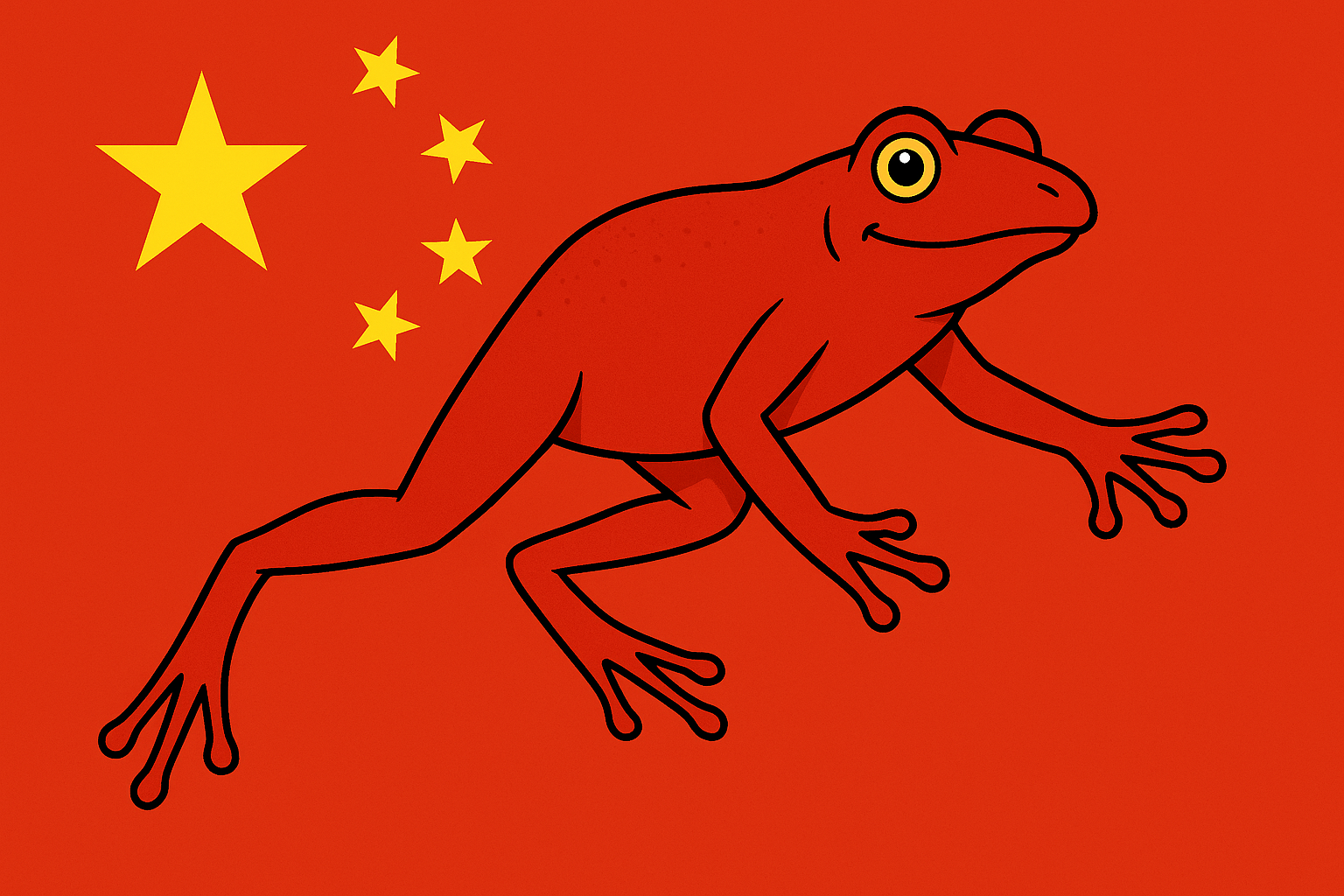For quite a while, I have been amazed by China’s innovations in fintech from Ant to WeBank. My first visit to a Chinese bank in the 1990s, they were using Abacuses to calculate transactions; now they use rocket science in the form of AI.
A lot of this was covered in depth in the deep dive case study of Ant in Digital Human and, around the same time, a book came out called AI Superpowers was released by Dr. Kai-Fu Lee – one of the world’s most respected experts on AI and China. His contention? That AI would be a battle between China and America, and that China has suddenly caught up to the US at an astonishingly rapid and unexpected pace.
So, we all talk about ChatGPT, Gemini, Claude, Midjourney and more, but what’s happening in China? What are they doing?
Well, I can’t cover the whole lot, but I can talk about what Chinese financial firms are doing thanks to a great article on CIW – China Innovation Watch – posted the other day. According to CIW:
ICBC (Industrial and Commercial Bank of China) has implemented over 200 AI-powered use cases, logging more than 1 billion AI calls annually. Applications include algorithmic credit advisors, forex trading assistants, and intelligent risk detection. Its proprietary “Industrial Smart Ocean” model supports workloads once handled by 45,000 employees.
At Bank of China, the DeepSeek R1 model now powers automated coding, internal memos, and business intelligence. In one month alone, it generated 13.37 million lines of code, with over 3,600 internal users. AI research output has reached 8.7 million words.
CCB (China Construction Bank) has built an enterprise-grade system anchored on DeepSeek-R1 and open-source models. It supports investment analysis, front-line customer service, and employee training. As of 2024, it launched 168 distinct use cases, with over 7,000 model deployments and 193 scenarios in production. Sixteen core banking processes now rely on AI tools.
China Postal Savings Bank developed a full-stack system called the “Youzhi” model suite. It is entirely controllable in-house, with capabilities extending from code assistants and document audits to intelligent trading bots. In 2024, it produced 1.1 million lines of code with over 5,000 development helpers, and reduced document generation time by 90%.
What hits you, as you read the above, is that AI is not one thing. It is a myriad of use cases applied carefully to an organisation’s architecture. In that context, each AI use case is like applying a razor blade or scalpel to trim back the fat of the firm.
Now, I know that most banks are investing in AI use cases, but the speed at which China moves is turbo-charged. For example, Ant Group – a technology company more than a payments company (AliPay) – is using Chinese-made semiconductors to develop train AI models that cut costs by 20%. Using chips from Huawei and Alibaba, rather than NVIDIA, Ant’s entry into a race between Chinese and U.S. companies has accelerated since DeepSeek demonstrated how capable models can be trained for far less than the billions invested by OpenAI and Alphabet Inc.’s Google.
If that sounds interesting, checkout this research paper published by Ant’s Ling LLM team: “Every Flop Counts: Scaling a 300b Mixture-Of-Experts (MoE) Ling LLM Without Premium GPUs”.
What’s interesting in the report is that Ant said it cost about 6.35 million yuan ($880,000) to train 1 trillion tokens using high-performance hardware, but its optimised approach would cut that down to 5.1 million yuan using lower-specification hardware.
Tokens are the units of information that a Mixture-Of-Experts (MoE) model ingests in order to learn about the world and deliver useful responses to user queries.
Faster, simpler, sleeker, agile and cheap is how China is using AI and, if we are not watching this carefully, we are missing a trick.
